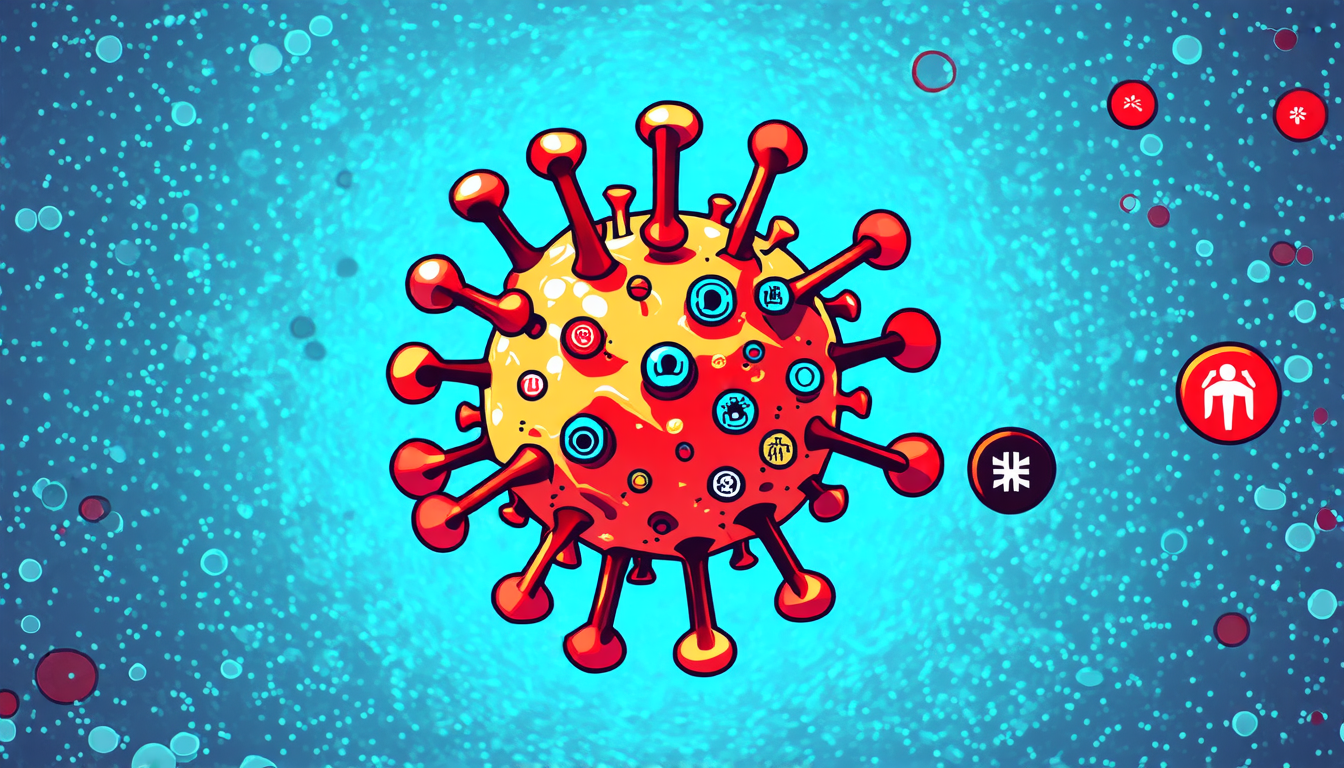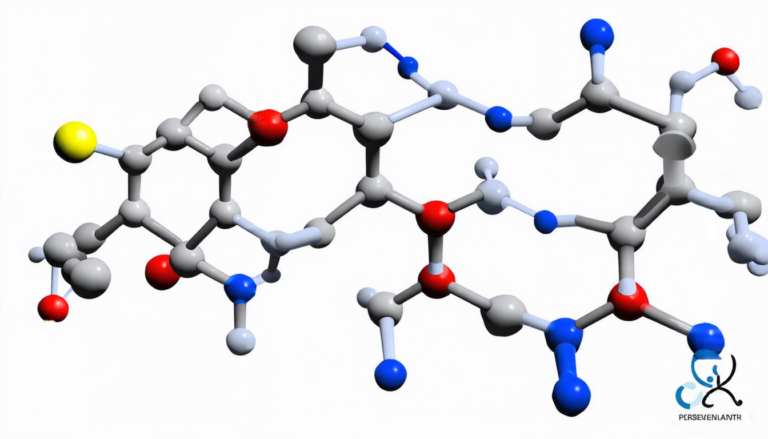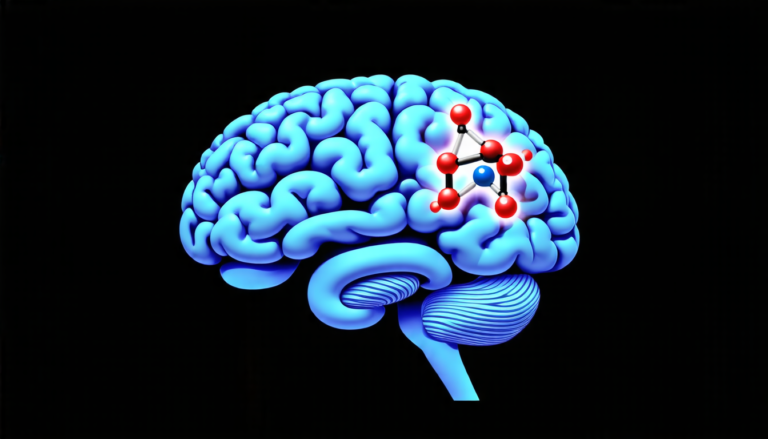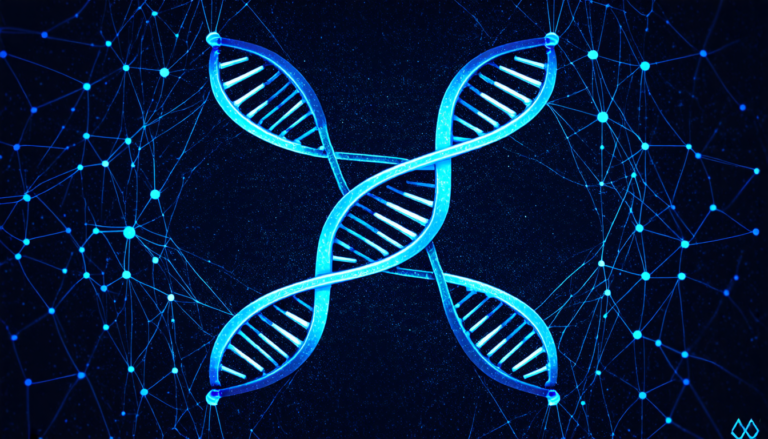Tuesday 25 March 2025
Scientists have made a significant breakthrough in understanding the evolution of SARS-CoV-2, the virus responsible for COVID-19. By analyzing large-scale genetic data, researchers have developed a new method to predict the emergence of future variants and track their spread.
The study focuses on the spike protein, a key part of the virus that allows it to attach to human cells and cause infection. Mutations in this region can significantly impact the virus’s ability to infect humans and evade the immune system. By analyzing genetic data from over 100 variants of SARS-CoV-2, scientists were able to identify patterns and trends that could help predict which mutations are likely to emerge next.
The research team used a combination of statistical models and machine learning algorithms to analyze the data. They found that certain mutations in the spike protein were more likely to occur together than others, suggesting that they may be favored by natural selection. By identifying these patterns, scientists can anticipate which variants are most likely to spread and develop targeted strategies to combat them.
One of the key findings of the study is that the virus is constantly evolving and adapting to its human hosts. The researchers discovered that certain mutations in the spike protein were more common in specific regions or populations, suggesting that the virus is responding to local conditions such as temperature, humidity, and population density.
The study also highlights the importance of global collaboration and data sharing in tracking the spread of SARS-CoV-2. By analyzing genetic data from around the world, scientists can identify patterns and trends that might not be apparent at a national or regional level.
The implications of this research are significant. By predicting which variants are likely to emerge next, scientists can develop targeted vaccines and treatments that are more effective against specific strains of the virus. This could help slow the spread of COVID-19 and reduce the number of severe cases.
In addition, the study highlights the need for continued investment in genetic sequencing and data analysis. As new variants emerge, scientists will need to quickly identify and track them to stay ahead of the virus.
Overall, this research represents a major step forward in our understanding of SARS-CoV-2 and its evolution. By combining cutting-edge statistical models with global collaboration and data sharing, scientists are gaining valuable insights into the behavior of the virus and developing new strategies to combat it.
Cite this article: “Scientists Uncover Patterns in SARS-CoV-2 Evolution to Predict Future Variants”, The Science Archive, 2025.
Sars-Cov-2, Covid-19, Genetic Data, Spike Protein, Mutations, Machine Learning, Natural Selection, Global Collaboration, Data Sharing, Virus Evolution, Vaccine Development
Reference: Liaofu Luo, Jun Lv, “Stochastic Mutation Theory of SARS-CoV-2 Variants” (2025).







